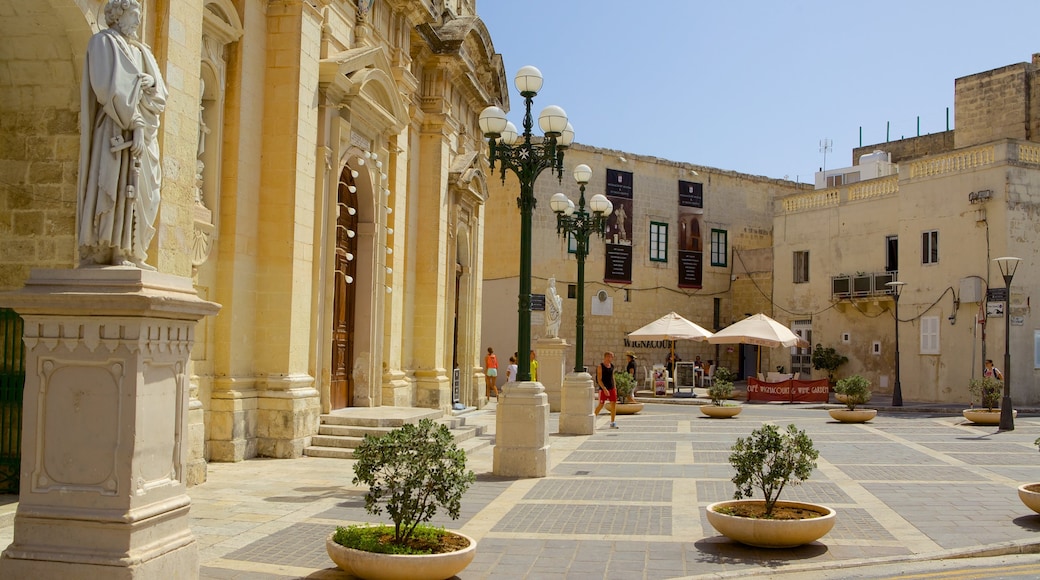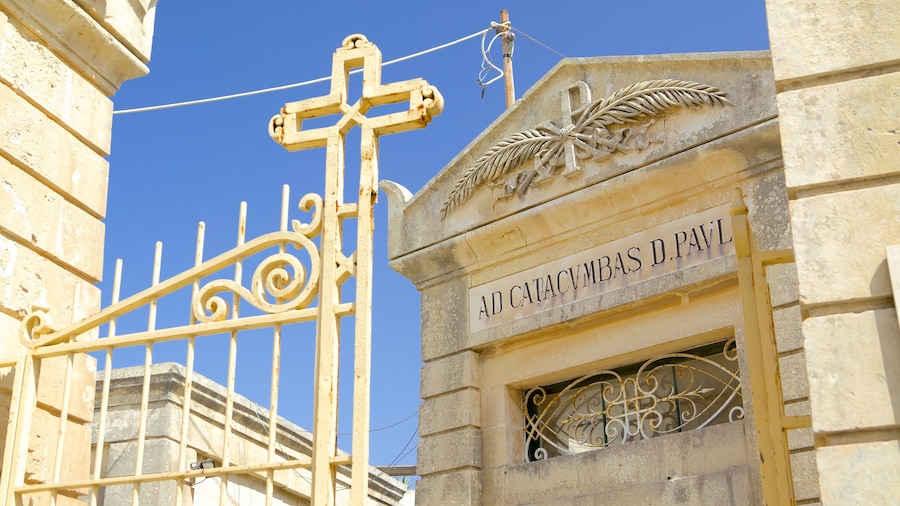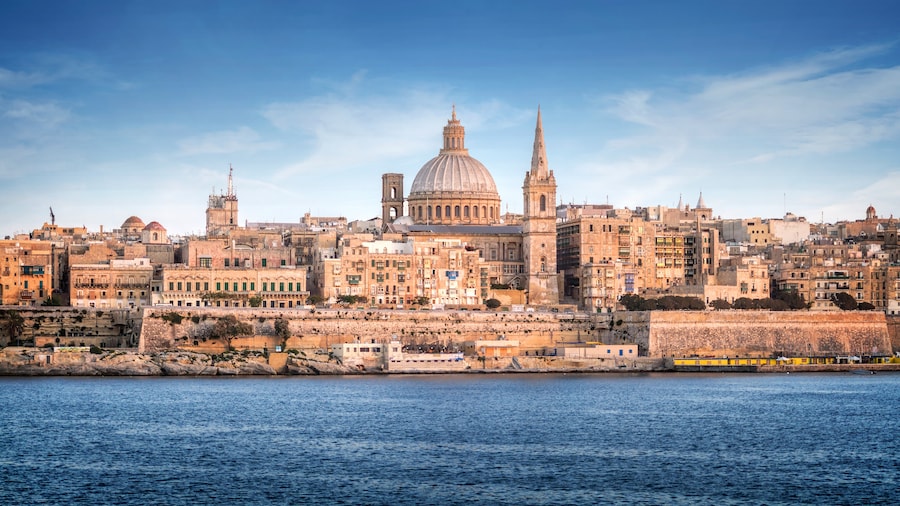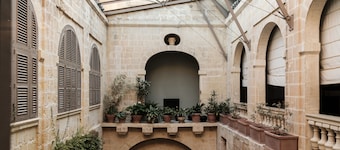Admire the majestic façade, stroll through the large nave and descend into the preserved caves where St. Paul resided for 3 months.
St. Paul’s Church and the Grotto of St. Paul together form an impressive 17th-century religious structure with a fascinating history. It is on the location of a grotto where Paul, not yet a saint, is said to have sought shelter following a shipwreck. Walk through the large church for a glimpse into Rabat’s intriguing past.
Take photos of the structure’s intricate façade, featuring three distinct entrances. Enter the church and appreciate the spacious and calm setting of the nave. Use one of the descriptive audio guides for a more comprehensive understanding of the church and its history.
Consider the legends and biblical stories surrounding the church. The Book of Acts claims that Paul and his missionaries were marooned on Malta for 3 months in A.D. 60. When a snake bit Paul and he did not become ill, the locals revered him as a god. Paul healed the sick and chose to remain in the grotto that stands beneath today’s church.
Marvel at the ecclesiastical artifacts decorating the St. Publius Sanctuary. Go into the Grotto of St. Paul, where Pope John Paul II prayed on his 1990 visit, as did Pope Benedict in 2010. The cave is split into several underground sections. Inspect the inspiring statue of St. Paul that was donated by Manuel Pinto de Fonseca, the 18th-century grand master of Malta. Gaze at the silver model ship that hangs from the ceiling.
There is a fee to enter the church with discounts for kids. The ticket also includes the Wignacourt Museum. The church is open from morning until late afternoon Monday through Saturday. Arrive early in the morning or late in the afternoon to avoid the crowding that may happen when tour buses arrive.
Find St. Paul’s Church and the Grotto of St. Paul in the historic center of Rabat in Malta. Ride a bus and walk about 5 minutes to get here. See nearby highlights, such as the Casa Bernard, St. Agatha’s Historical Complex and Catacombs and the Ta’ Giezu, another beautiful church.

















